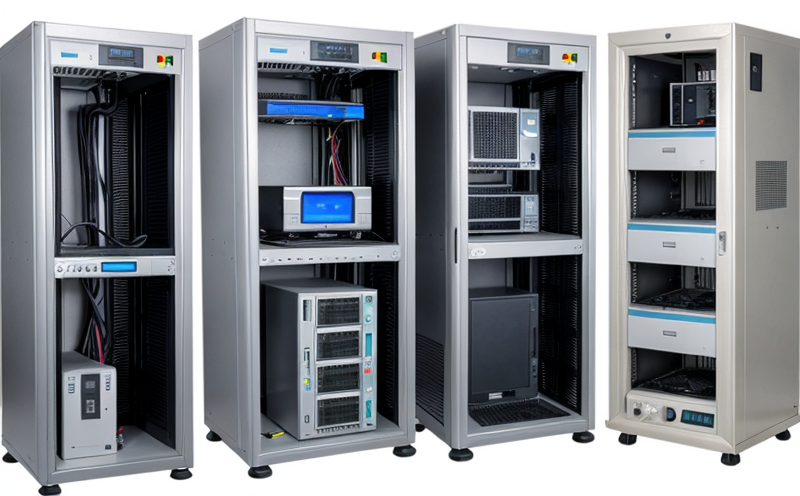ASTM D4935 Shielding Effectiveness Testing for ICT Devices
The importance of ensuring that electronic devices are effectively shielded against electromagnetic interference (EMI) cannot be overstated. Electromagnetic interference can lead to malfunctions, data corruption, and even safety hazards in Information Technology (IT) and Telecom equipment. ASTM D4935 provides a standardized method for testing the shielding effectiveness of such devices. This service is essential for quality managers, compliance officers, R&D engineers, and procurement teams involved in the development and certification of IT and telecom products.
The ASTM D4935 test measures how well an enclosure or housing can block EMI from entering or escaping from electronic equipment. It ensures that devices perform reliably under various environmental conditions and meet regulatory requirements. By testing for shielding effectiveness, manufacturers can verify that their products will function correctly in real-world environments where interference is common.
During the ASTM D4935 test, an enclosure is subjected to electromagnetic radiation within a specific frequency range. The amount of radiation that penetrates or escapes from the enclosure is measured using carefully calibrated equipment. Compliance with this standard guarantees that devices comply with international standards such as ISO and IEC.
The process involves several key steps: first, the device under test (DUT) must be properly prepared according to ASTM D4935 guidelines. This includes ensuring that all openings are sealed or covered with appropriate materials. Next, the enclosure is placed in an anechoic chamber equipped with a broadband antenna and a power supply capable of generating electromagnetic fields at various frequencies.
The test begins by applying a known level of EMI to the DUT through the broadband antenna. The amount of radiation that passes through or out of the enclosure is then measured using high-precision instrumentation. If necessary, adjustments can be made based on these initial readings until optimal performance is achieved. Once the desired results are obtained, they are recorded and reported according to ASTM D4935 specifications.
ASTM D4935 testing plays a critical role in ensuring product quality and safety by preventing issues related to electromagnetic interference. For instance, it helps prevent data loss during transmission or storage, reduces the risk of system failures caused by external signals interfering with internal circuitry, and ensures that devices operate safely within specified limits.
This service is particularly important for industries where reliable communication between components is crucial, such as telecommunications infrastructure providers. By adhering to ASTM D4935 standards, companies demonstrate their commitment to delivering high-quality products that meet stringent regulatory requirements worldwide.
Why It Matters
The quality of electromagnetic interference shielding directly affects the performance and reliability of IT and telecom equipment. Improperly shielded devices are susceptible to disruptions from external sources, leading to potential malfunctions or data corruption during operation.
- Prevents Data Corruption: Ensures that sensitive information remains secure without being altered by interfering signals.
- Avoids System Failures: Guarantees consistent and reliable performance across all operating conditions, even in environments with high levels of electromagnetic interference.
- Enhances Safety: Helps prevent accidents caused by faulty equipment that fails due to external interferences.
In addition to these benefits for end users, adherence to ASTM D4935 also enhances the reputation of manufacturers by demonstrating their expertise in meeting stringent industry standards. This can lead to increased trust among customers and improved market positioning within competitive markets.
Customer Impact and Satisfaction
By ensuring that IT and telecom equipment meets the rigorous requirements of ASTM D4935, manufacturers improve customer satisfaction by delivering products that are dependable and safe to use. Customers benefit from reduced downtime caused by unexpected failures due to electromagnetic interference, increased confidence in the performance and longevity of their purchased devices.
Furthermore, compliance with this standard helps businesses avoid costly recalls or service issues down the line, which can significantly reduce long-term operational costs. The peace of mind that comes with knowing that a product has been thoroughly tested according to recognized international standards also contributes positively towards overall customer satisfaction.





